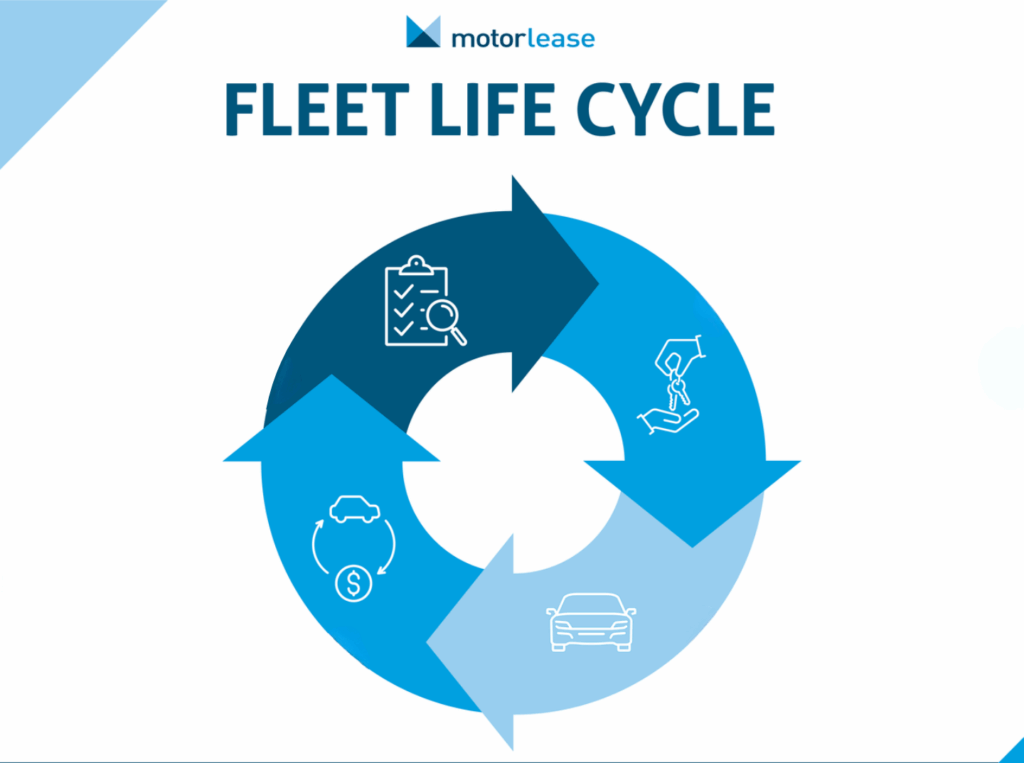Entrusting employees with company provided vehicles demonstrates that they are truly valued members of the organization. Gone are the worries and frustrations of dealing with registrations, insurance, and repairs. Drivers can focus solely on the tasks that they were hired to do. As a result, the company reaps the benefits. Research shows that happy employees are actually 12-20% more productive than their melancholy counterparts.
Conversely, a vehicle reimbursement program can have the exact opposite effect. In fact, a survey conducted by GE Capital revealed that a mere 18 percent of reimbursed employees were very satisfied with their company’s vehicle policy. Employees resent the fact that the company expects them to shoulder the burden, and cost, of vehicle management. Additionally, based on the type of reimbursement program in place, an inequality can exist among colleagues, thus further deteriorating morale.
As a whole, drivers view being placed on a vehicle reimbursement program as akin to receiving a pay-cut. The costs for vehicle-related expenses such as insurance, fuel, maintenance, and registration fees fall on their shoulders. Rarely does the amount reimbursed actually cover the expenses incurred. This places the onus on the employee to make up for the short-fall.
In reimbursement programs where mileage variability between drivers isn’t taken into account, such as a flat vehicle allowance program, some drivers will end up being overpaid while others will be underpaid. A low mileage driver receiving a $500 monthly allowance is going to be better off financially than a high mileage driver receiving the same amount.
Additionally, a higher mileage driver’s vehicle is going to depreciate far more quickly than his lower mileage counterpart. This can result in the higher mileage driver being “upside down” on their vehicle, and thus placing them in an even more of a precarious financial position. This inequality is likely to result in agitation and decreased morale for the higher mileage driver.
It’s also worth noting that vehicle requirements can be vastly different depending on the geographical location of the driver. For example, a driver in New England may require an all-wheel drive vehicle, while a driver in Southern California will only need a two-wheel drive vehicle. If the reimbursement program fails to compensate accordingly, the driver that requires the extra equipment is going to be at a financial disadvantage due to added cost of the vehicle.
Often forgotten when discussing vehicle reimbursement is the tax burden that is shifted to employees under this type of plan. If an employee is provided with a $500 monthly car allowance, and is in a 25% tax bracket, then they’re faced with a $125 tax liability, and thus only going to net a total of $375 to use towards a vehicle.
The counter-argument that frequently arises when discussing the financial aspects of vehicle reimbursement is that drivers can simply deduct business related mileage and expenses on their tax returns. However, that’s only the case if the driver itemizes their deductions. If the standard deduction is taken (which is the case for 68.5% of households, according to Scott Greenberg of Tax Foundation), then the employee is not entitled to deduct business related mileage and expenses. Furthermore, even if a driver does itemize their deductions, before they can deduct any expenses for the business-related use of their personal vehicle, a 2% of Adjusted Gross Income floor must be met. For example, if an employee is making $75,000, the first 2%, or $1,500, is not tax deductible.
So how do employees compensate for this perceived loss of income? Unfortunately, this type of situation often leads otherwise honest employees to exaggerate their business mileage at the expense of the company. Employees attempt to maximize their reimbursement amount in an effort to recoup for vehicle expenses that they feel they’re not being justly compensated for. According to Mike Anthich of Automotive Fleet Magazine, switching from a vehicle reimbursement program to a company-provided vehicle program results in a 30% decrease in reported business miles driven. This is not because drivers have suddenly started driving less, but rather because there is no longer any incentive to pad their reported mileage.
As previously stated, research shows that happy employees are more productive employees. However, it’s hard for employees to keep morale high when they have to focus on a litany of vehicle related distractions. A company provided vehicle program eliminates that burden and allows drivers to get back to the job that they were hired to do.
Be sure to check back next week when we take a look at another Hidden Danger of Vehicle Reimbursement: The loss of recruiting and retention benefits












